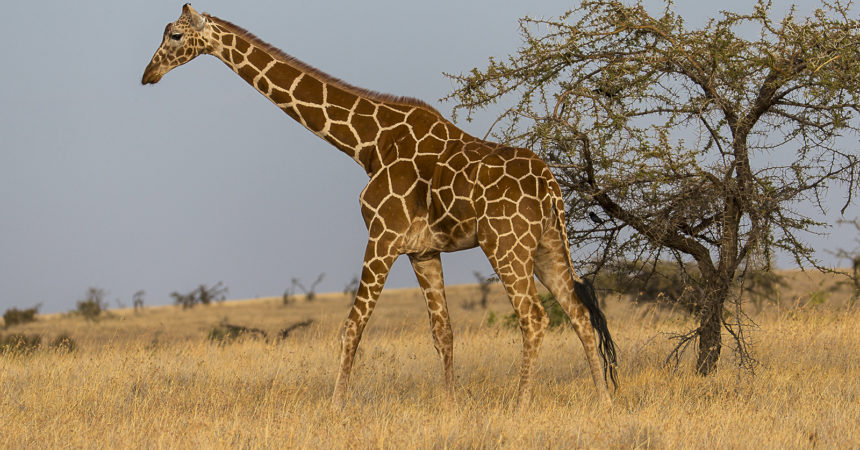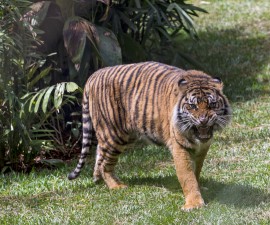An international group of conservation scientists led by San Diego Zoo Global, the Giraffe Conservation Foundation and the Senckenberg Biodiversity and Climate Research Centre have published a groundbreaking new scientific paper with a series of updated maps detailing current ranges of giraffes throughout Africa. All four giraffe species—the northern giraffe, southern giraffe, reticulated giraffe, and Masai giraffe— were studied using both ground and aerial surveys. The results of the work show a 5.6 percent decline in the range area of all giraffes, compared to the 2016 International Union for Conservation of Nature (IUCN) Red List of Threatened Species’ assessment map of giraffe ranges.
“Today, two types of giraffe are listed as Critically Endangered, while another two types are listed as Endangered,” said lead author David O’Connor, Population Sustainability researcher for San Diego Zoo Global. “Across Africa, giraffes are in decline, and some are in serious risk of extinction. Unfortunately, the fate of these giants has largely gone unnoticed. But that is changing; we and our partners have been working hard to secure funding and partner with African governments to ensure giraffes survive and remain an icon of Africa.” The first step in saving these species is knowing where they are, and this new research provides the most accurate range maps for giraffes that have ever been produced.
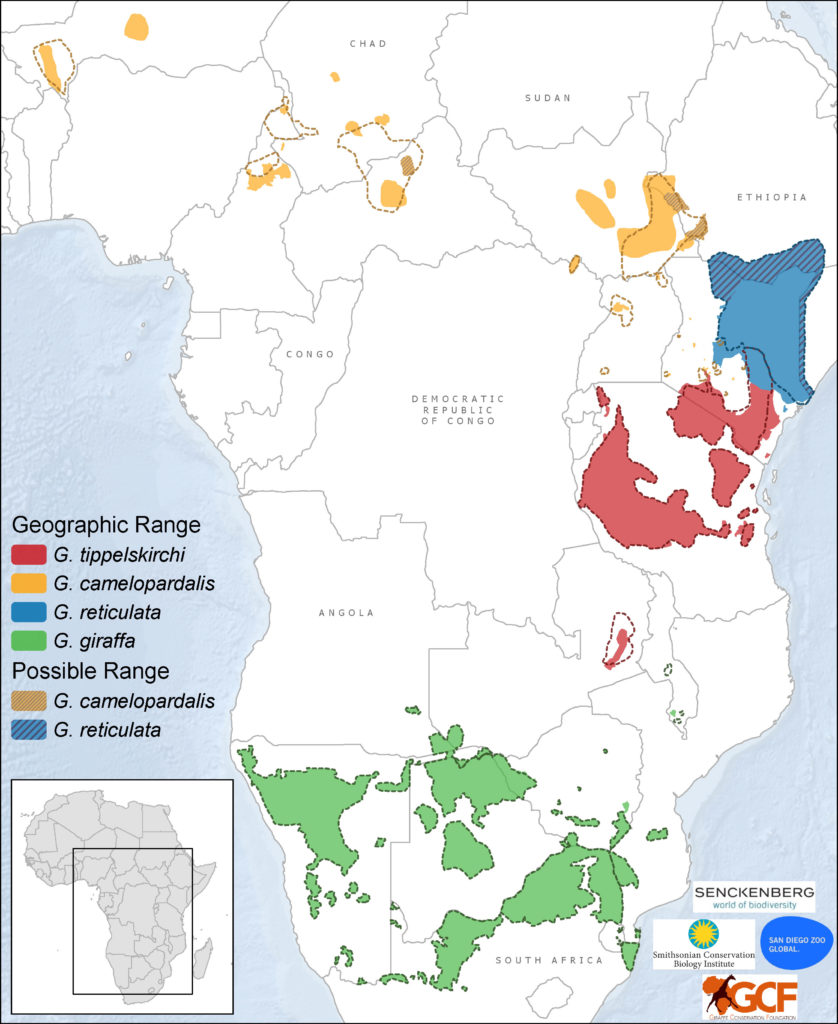
G. tippelskirchi (Masai giraffe), G. camelopardalis (Northern giraffe), G. reticulata (Reticulated giraffe), and G. giraffa (Southern giraffe).
According to the IUCN Red List of Threatened Species, giraffe populations have declined by over 40 percent in the last three decades, with significant changes seen in their available habitat due to increased human activity. Although ranges were larger in some African countries than previously reported, in seven nations —Cameroon, the Central African Republic, Chad, Malawi, Niger, Uganda and Zambia—giraffe ranges had declined significantly. In some countries, ranges for certain giraffe species had shrunk while others had increased.
“Populations under distress can show complicated patterns of change, with some species showing greater sensitivity to habitat shifts,” said O’Connor. “In Kenya, the ranges of both northern giraffes and Masai giraffes have decreased, but the range of reticulated giraffes was larger than previously thought.”
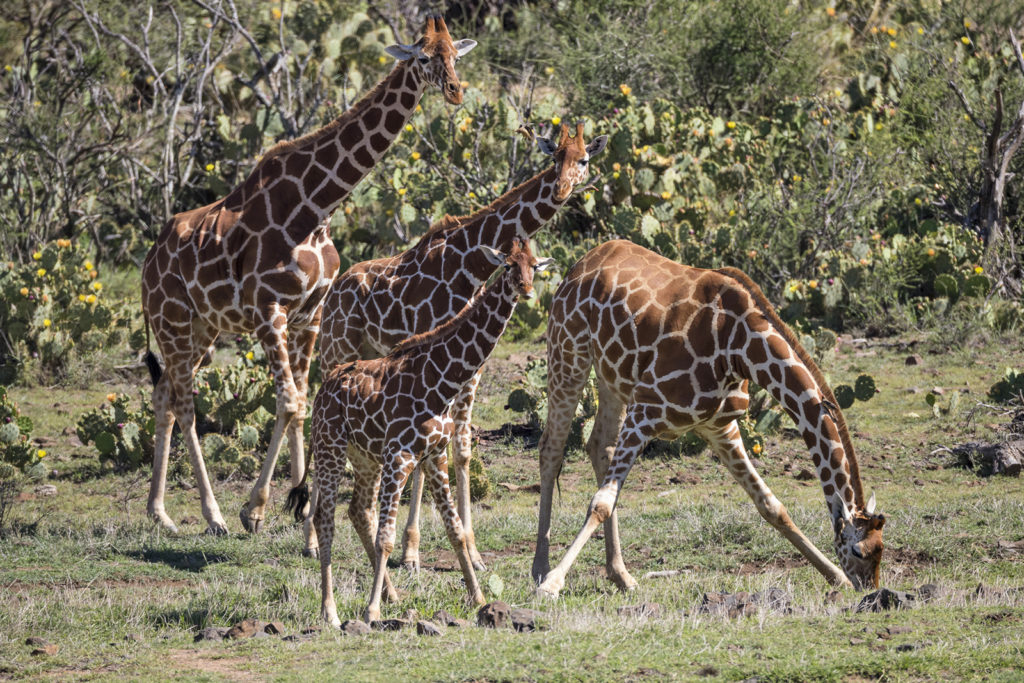
“However, these changes are likely more a reflection of the increased accuracy of the data available than a reflection of decrease or increase of ranges over the past two years,” said Thomas Mueller, Ph.D., senior author and head of the research group Movement Ecology, at the Senckenberg Biodiversity Climate Research Centre.
This new research will be an important baseline from which real range changes can be measured in the future. Due to minimal attention, such detailed range maps for giraffes have not previously existed.
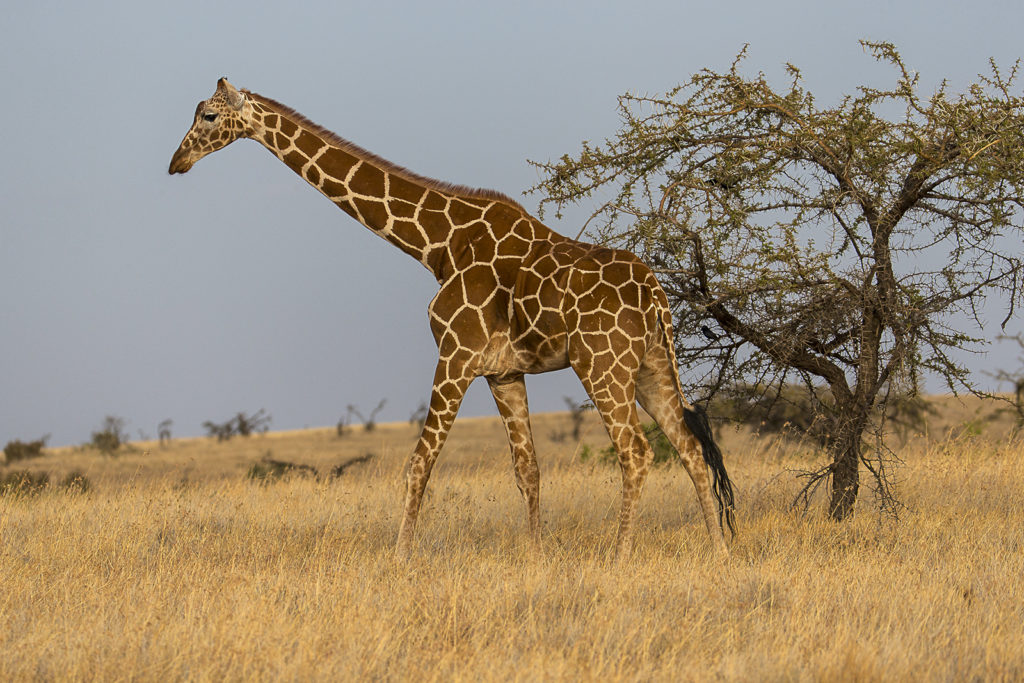
The main source of data for the update came from a series of aerial surveys of 18 African nations during the Great Elephant Census, a Paul G. Allen project, in 2014–2015. Ground observation data was also collected during additional wildlife surveys from the Giraffe Conservation Foundation, the Northern Rangelands Trust Wildlife-Conservancy Management Monitoring System, direct observation by the Twiga Walinzi research team based in Kenya, satellite imagery and information from many other research groups added to the knowledge base. Through this effort, hundreds of people all over Africa were united in their effort to learn more about wildlife.
“The only way to secure a future for giraffes in the wild before it’s too late is through collaborations and partnerships,” said Julian Fennessy, Ph.D., co-founder and co-director of the Giraffe Conservation Foundation. This work highlights the power of international experts coming together for a common cause—lucky there are a few folks out there who care about giraffes.”
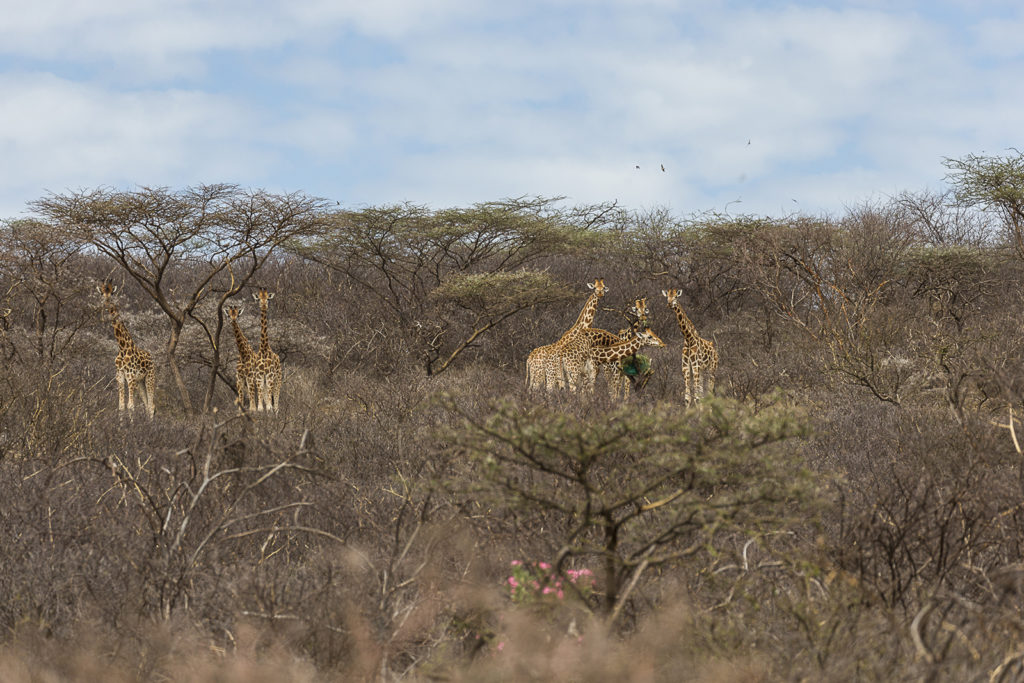
The paper, which includes an updated range map for giraffes, was published in Mammal Review online today (Aug. 7, 2019). Conservation experts indicate that the updated information will be important for guiding efforts to preserve all four giraffe species for the future.
“By better understanding where giraffes currently live, we can assess why they went locally extinct in some areas and—importantly—apply conservation measures to minimize their risk of further extinctions in the future,” said Fennessy. “We need to act now and turn around the ‘silent extinction’ that giraffes faced across some parts of Africa.”

